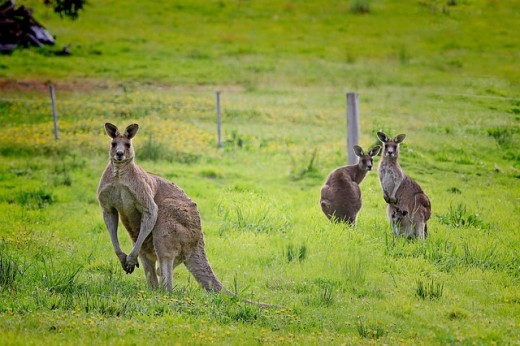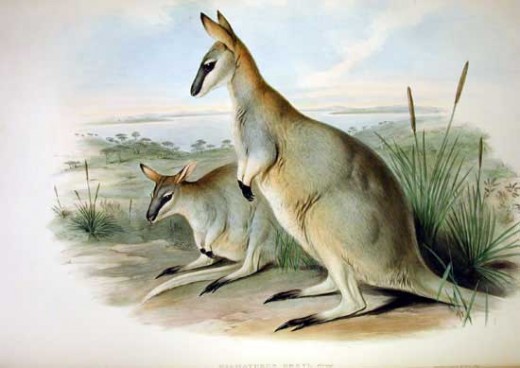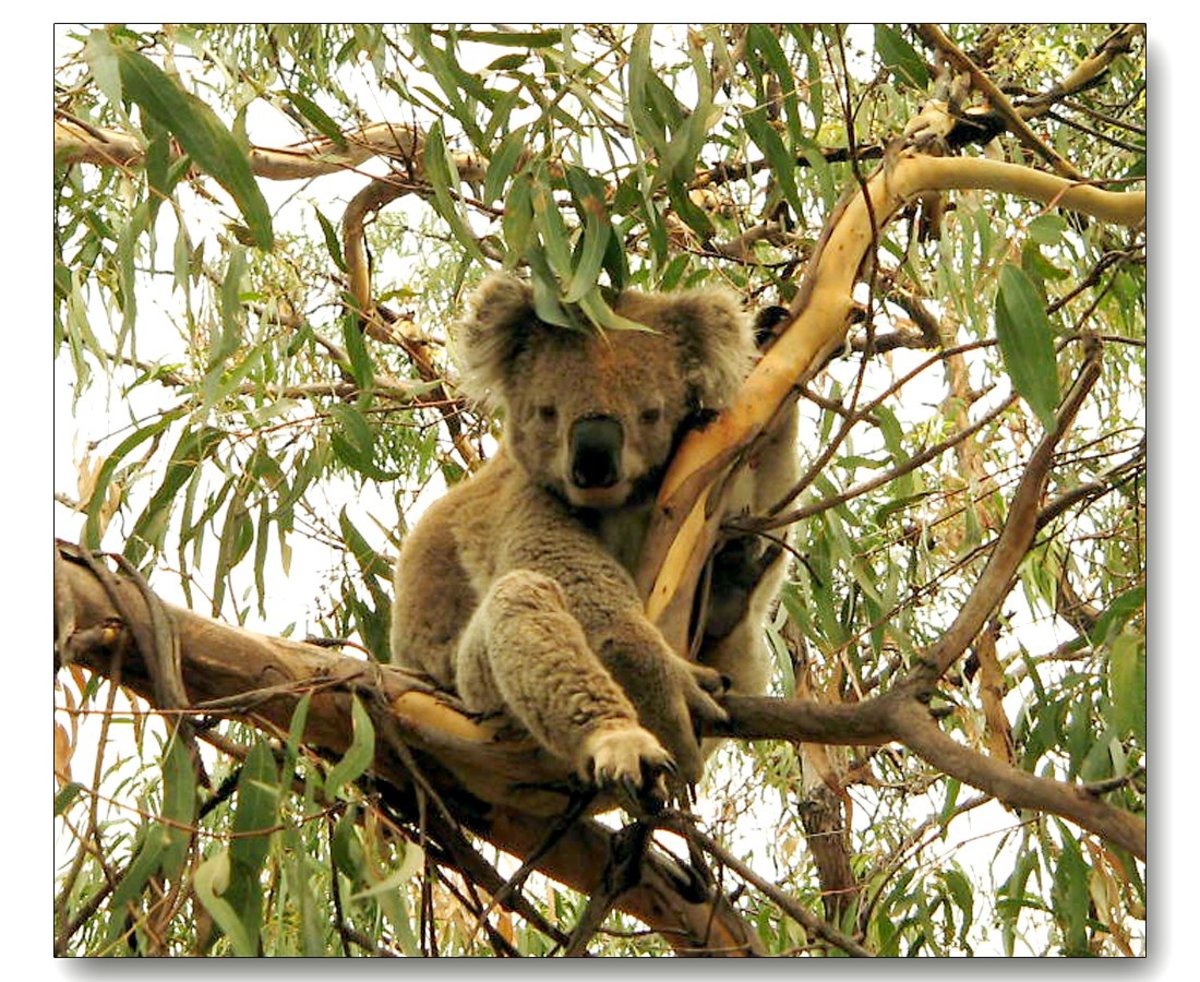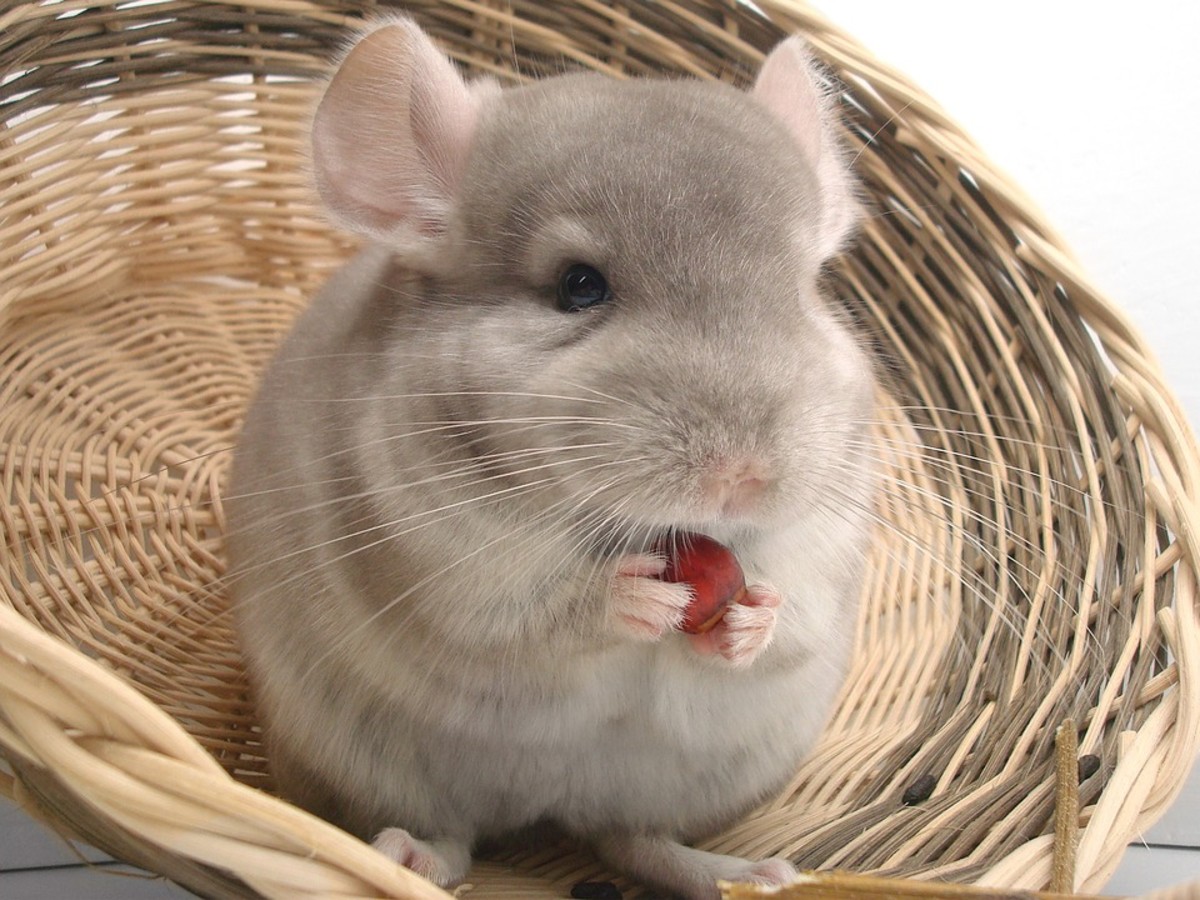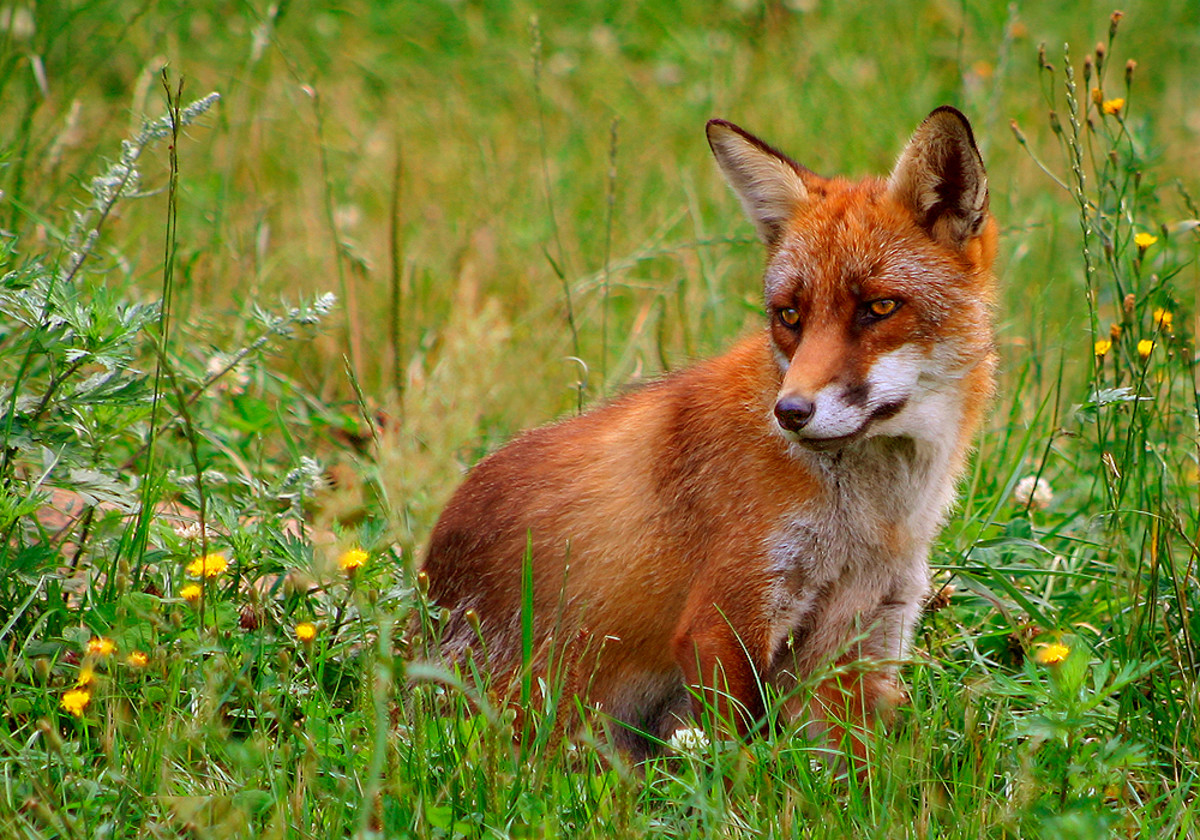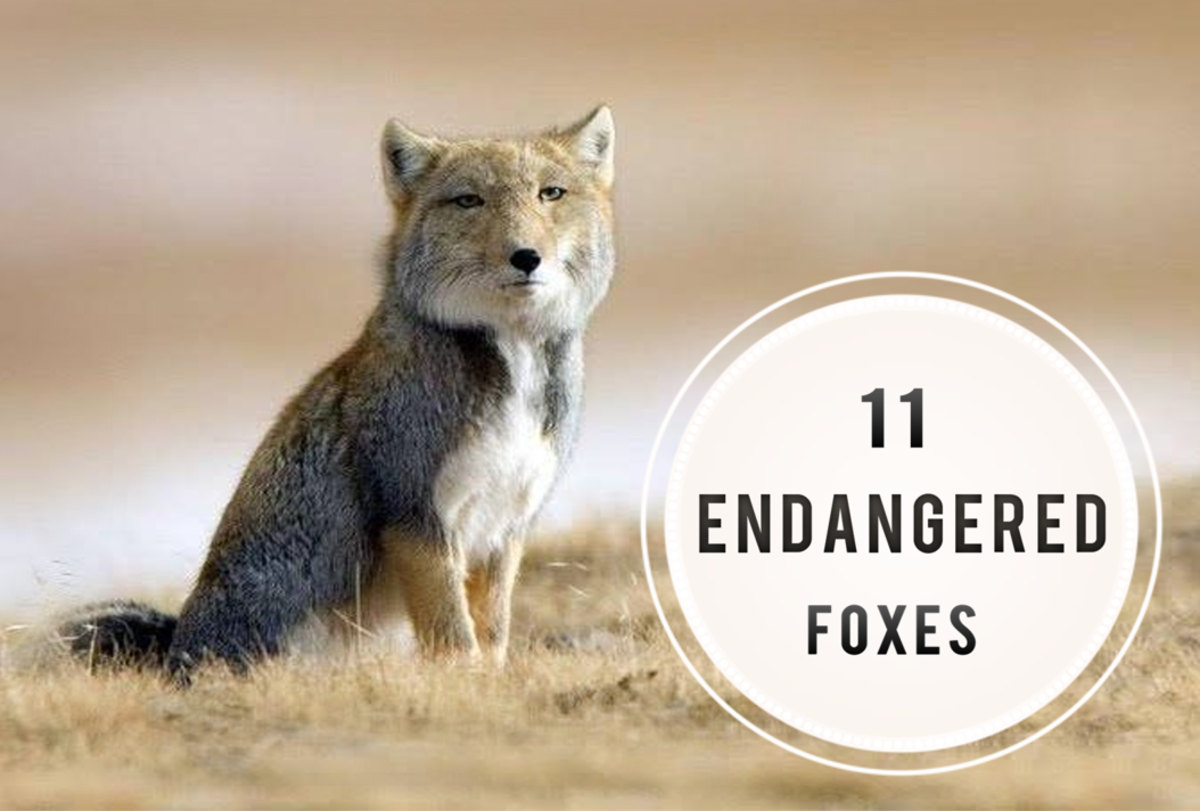Eastern Gray Kangaroo
Scientific Name: Macropus giganteus
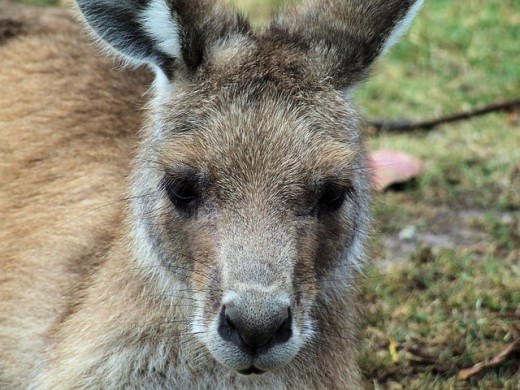
Description
Gray is the standard coloring for most Kangaroos and what you will find with the Eastern Gray species. They do have white that runs down their front and that is one way to tell them from other species. They are fairly large animals with the males about 5 feet tall and the females about 4 feet in size. The males are about 120 pounds with the females slightly below that – about 20 pounds lighter.
Interesting Links
- Kangaroo Facts and Information
Kangaroo Facts and Information. Feeding, habitat, distribution, reproduction, anatomy and more. Facts about the Red Kangaroo, the Eastern Gray Kangaroo and the Western Gray Kangaroo and the conservation efforts made to preserve kangaroos. - Kangaroo Joey - Facts and Information - The Portal of Life
Facts and Information about Kangaroo Joey. Kangaroo Joey Description, Behavior, Feeding and Reproduction.
Anatomy
Let’s explore some of the details of the anatomy for the Eastern Gray Kangaroo. They have very large feet and that is what allows them to move so far at once. They have elastic like legs so the get that bounce going without using very much energy at all. It is really amazing to see them in movement. You better look fast though because they will be gone before you know it!
It is hard to believe, but they really can jump a distance of 30 feet at once. They can also cover a speed of about 30 miles per hour. This is why it is no big deal for them to move many miles in a single day so that they can find enough food, to get away from danger, or to be able to find a source of water when they need to.
Sometimes it seems like the bottom half of the body and the top half really shouldn’t belong to the same animal. They do have very small upper limbs but don’t let that fool you. They are powerful and they also have claws on the end that are extremely sharp.
They are awfully cute though when you look at their entire body. They have perky ears and a small face. They often have a curious look on their face. This is because they are very observant of what is going on all around them.


Evolution
If you want to cover a very important yet virtually unknown area of the Eastern Gray Kangaroo then you may want to explore the issue of evolution? What has gone on to allow them to be the animals we see today? What were they like millions of years ago? What events unfolded that resulted in them being able to continually adapt in new ways?
Is it possible the ability to have a pouch allowed them to reduce the mortality rate? It makes sense as the young wouldn’t be as vulnerable to predators. Is it possible then once walked and ran? Then changes took place so they could move quickly through hopping and conserve energy at the same time? There are so many questions about their evolution and very few answers that are conclusive at this time.
Eastern Gray Kangaroo Video
Behavior
The Eastern Gray Kangaroo does behave very much like other species. They move very quickly out of habit rather than out of fear. It is known that they use less energy when they move fast than when they are moving slow. They also need to reduce body temperature in the heat so they move as little as possible during the day.
The groups of them out there are called mobs, and the hierarchy among them changes all the time. A male that is dominant will be the only one to mate with the females in his mob. He will only hold that reign for a year or less due to the strain of such a role. He will become exhausted from continual mating as well as fighting off the other males that way his position.
Life for the females seems to be much calmer. They take a liking to the social aspects of being in a mob. They have tight relationships with other females and if the mob is large they will create subgroups. They also take excellent care of the young, with the desire to continually have a joey to care for.
Interesting Links
- Feline Facts and Information
Facts about Lions, Leopards, Jaguars, Cougars, Lynxes, Cheetahs, Snow Leopards, Caracals, Bobcats, Servals and many other felines.Feeding, habitat, distribution, reproduction, anatomy and more. - Koala Facts and Information
Koala Facts and Information. Feeding, habitat, distribution, reproduction, anatomy and the conservation efforts made to preserve koalas. - Deer Facts and Information
Deer are ruminant mammals belonging to the family Cervidae. This family classification include well known animal like the Moose, Red Deer, Reindeer, Roe and Chital among others.
Habitat/Distribution
Exploring the location where the Eastern Gray Kangaroo lives is important. They are scattered throughout regions of Australia. They are also found in some areas of Tasmania. They tend to like areas that are moist so you will find them in the woodlands or thick forests. They do come out to the grasslands for feeding though which is where they will be the most visible.
Diet/Feeding Habits
These Kangaroos will eat lots of grass, shrubs, and trees on a daily basis. One of the advantages that they do have involves being able to cover a large distance in a day. Should they find the supply of food to be less than adequate in a location then they can need to survive on. This is a technique that has allowed them to continually move into new territory as they need to in order to survive.
Part of what allows them to eat the way that they do is the formation of their teeth. Some are very sharp and others are very flat. They need to be able to remove the supply of food from the source and then grind it up. They will swallow it actually twice before they benefit from it due to the way in which their systems are designed. This regurgitation process is actually very common among grazing animals.
Due to the amount of moisture found in their food, they usually don’t have to go find a separate source of water. Sometimes they do need more than they get and they will go to a location or dig for water from the ground.
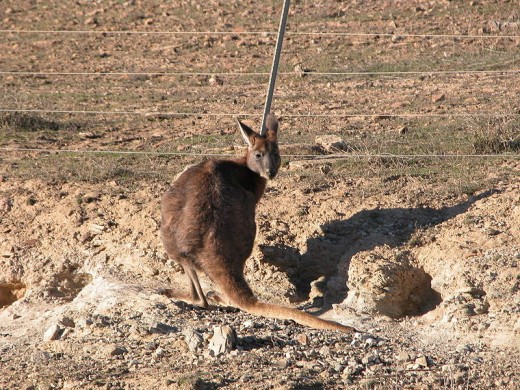
Reproduction
When the basic needs of these animals are met, they will be able to successfully reproduce all year long. For the females, they process begins around the age of four. From them on they will always carry a joey, be pregnant, or both. It only takes 30 days after mating for the joey to be born. They will be able to get to the pouch of the mother and there they will have all of their needs met.
Eastern Gray Kangaroo Video
Predators
The only real threat to them in the wild is the Dingo. These are very aggressive dogs that move in packs. They are able to develop a strategy to isolate a Kangaroo from the mob and to take it down. This doesn’t mean such a powerful animal won’t go down without a fight. Many dead Dingos are found out there as a result of such altercations.
Eating Kangaroo meat is common of the Aborigines so they will hunt the Eastern Gray Kangaroo for that need. They never kill more than they need though as they do have a great deal of respect for these animals. Yet as their populations increase so does the need to have more meat.
Other just destroy them because they don’t like to share the land with these animals. Humans have taken away more than 1/3 of the natural habitat for these Kangaroos. Yet they find it to be problematic when these animals come to those areas to feed. They don’t realize that they are the ones responsible for them becoming pests. Others like the idea of being involved in a hunt for what they have coined as an exotic animal. Accidental deaths occur too such as those struck by vehicles.

